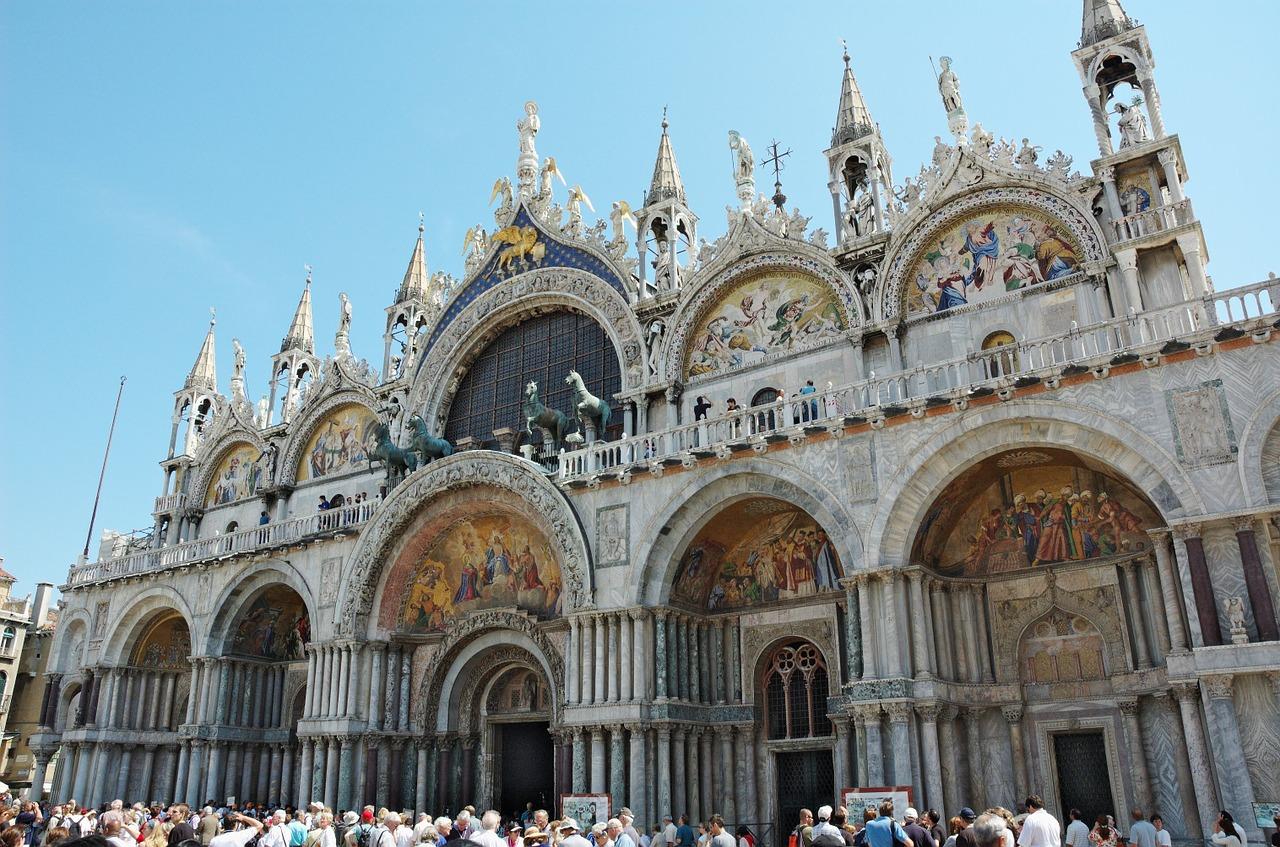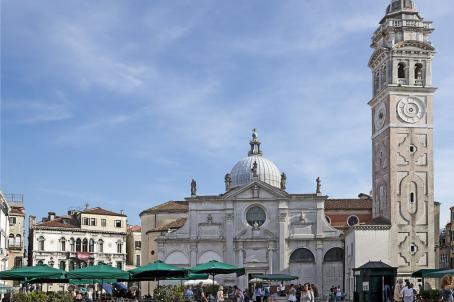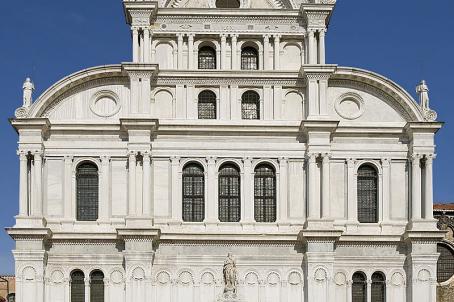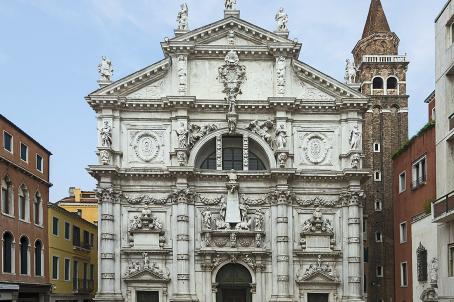St Mark's Basilica

St. Mark's Basilica, with the Campanile and St. Mark's Square, is the main architectural site of Venice. The current basilica, built on an old church also dedicated to St. Mark, dates back to the 11th century. Throughout the period of the Republic of Venice, the church belonged to the Doge's Palace. It was not until 1807 that St. Mark officially became a cathedral.





